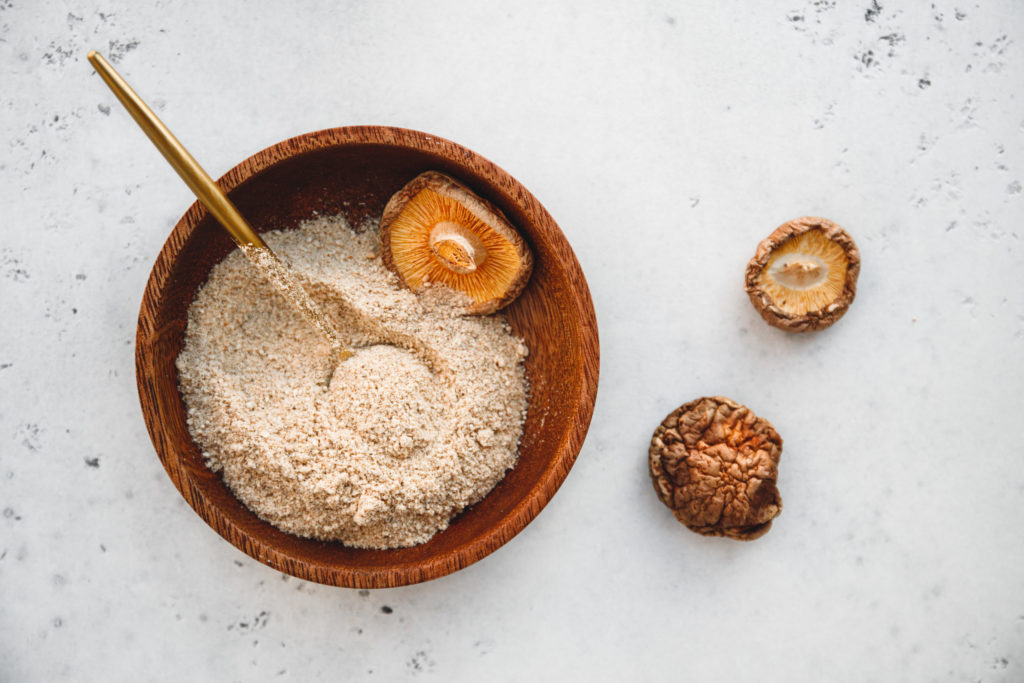With so many people interested in learning more about natural remedies, it’s no surprise that medicinal mushroom use has become a popular subject in recent years. However, many people don’t know much about mushroom use or what a significant role they’ve played in the historical development of medical treatments. Already widely used in many parts of the world, Western countries are starting to wake up to the benefits of different types of mushrooms. If you want to learn more about medicinal mushrooms, keep reading to learn more about how this ancient remedy has met modern science.
How have mushrooms historically been used medicinally?
We know that our ancestors have used mushrooms for their medicinal properties for thousands of years. Evidence suggests that mushroom use dates all the way back to 450 BCE. A famous alchemist in the 5th century, Tao Hongjing, described a number of medicinal mushrooms, some of which had allegedly been used for centuries prior. First peoples in North America relied on puffball mushrooms as a treatment for wounds. Ötzi the Ice Man, who lived over 5,300 years ago, carried a pouch on his hip that contained amadou and a birch polypore to survive in the frigid Alps of northern Italy.
There are a variety of different medicinal mushrooms, all of which have unique properties and effects. It’s important to keep in mind that you should never forage for mushrooms on your own to consume. Many species are toxic, and it can be difficult to tell the difference between mushrooms that are safe to eat and the more poisonous varieties if you aren’t a mycologist. You can find plenty of safe sources of mushrooms both online and off.
Shiitake mushrooms have been used for centuries in eastern medicine, primarily in Japan, Korea, and eastern Russia. In Chinese medicine, they’re thought to improve overall health and longevity. Reishi mushrooms are another example of a type of mushroom with a long history of medicinal use in east Asia, generally as a method of treating various infections. The reishi mushroom is also known as lingzhi.
What research is being done on medicinal mushroom use?
Despite the fact that these remedies had been in use for thousands of years before the advent of modern science, current scientific techniques are what have allowed us to deepen our understanding of their effects. There are still a lot of mysteries yet to uncover, but we’ve also learned a lot in recent years about their usefulness. Some scientists believe it is the relationship between mushrooms and microbes that give them medicinal properties. Mycelium is also giving experts in the field a new array of active molecules capable of interfacing and potentiating modern medicine.
Though there are many potential reasons to use medicinal mushroom-based treatments and therapies, more research is needed to identify all of their specific medical applications. They were approved as adjuncts to chemotherapy in the late 20th century in both Japan and China, and they’re also used in the treatment of certain pulmonary diseases. Scientists are also investigating the chemical makeup of the reishi mushroom, specifically to understand which conditions it is best used to treat.
Anyone interested in medicinal mushroom use will definitely want to pay attention to developments in scientific research over the next few years. There are already many different mushroom-based supplements on the market, though it’s a good idea to spend some time reading customer reviews and experiences before you make any kind of purchase. You can even talk to your health care provider to see what they know about mushrooms and whether you could benefit from using them. One thing is certain: There’s a lot of value in studying historical remedies like medicinal mushrooms to see how we can use them in the modern world.

